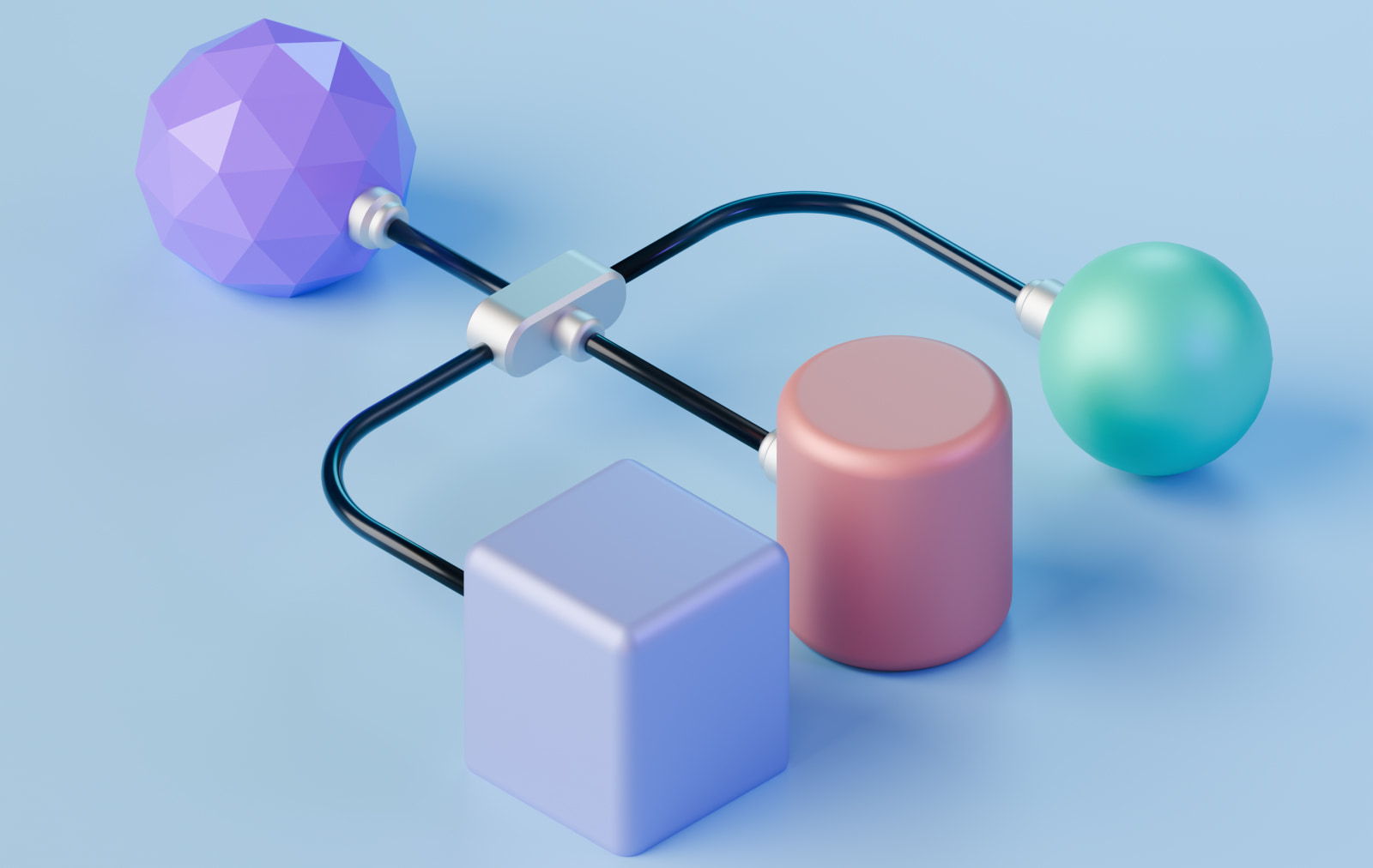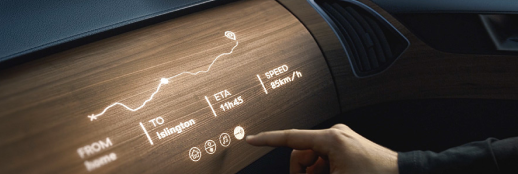Accelerating the state of the art of product design is a constant focus for companies with a larger set of products. Innovation around experience, efficiency and development velocity all come into play. Embracing a design system is a calculated bet on the future of your company by transforming how your organisation designs, builds and maintains its products.
Unifying Brand Experience Across Products
One of the main benefits of a design system is creating consistency in brand experience. Consistency can be a major differentiator in a marketplace where competition is fierce.
A design system makes sure that all products created under a company’s banner are not only good-looking and highly functional, but that they carry the brand’s essence and visual language, resonating with customers and hopefully winning their trust and loyalty.
Streamlining Design and Development Workflows
Innovation and speed-to-market are crucial, so people constantly look for ways to give their teams a competitive edge. Design systems – which consist of a shared vocabulary of design principles, components, and patterns – save time and money by instantly providing the entirety of a brand’s visual language to their digital products.
Without having to recreate the wheel for each new iteration, designers and developers are building and testing those most basic elements only once, devoting their considerable talents to the more interesting problems that make each version unique, and freeing themselves up for additional iterations only a couple weeks later. The efficiency of modular parts is manifested not only in speed-to-market, but also makes more iterative, user-centric product design feasible.
Facilitating Cross-Functional Collaboration
A concrete design system helps break down silos between teams. It provides a single shared vocabulary and lexicon for all designers, developers, product managers and marketers. Just imagine if the Apollo 11 astronauts were on different teams or had different instructions.
When everyone speaks the same design language, it results in more coherent product strategies and smoother implementation processes. Plus, it empowers teams to reach decisions rapidly and understand what impacts the larger business goals.
Scaling Design Effortlessly
As products get more complex, and product lines increase, a design system can make it easier to scale design while maintaining quality and consistency. It ensures that, should the company grow, new teams will onboard to projects and contribute in ways that keep the standards of design high for everything produced.
Realizing Cost Efficiencies
While the initial investment to build a design system may be significant, the money saved in the long term is undeniable. When much of your design work is finding ways to not repeat the work from the last project, you lose a lot of money. If you reduce the need for custom design work for every single project, you can redirect funds to innovation and user research.
Conclusion
For companies with dozens of products, instigating a design system is an incredible step towards operational excellence and user delight. It leans on consistency in processes and collaboration, unifying a brand’s values in a product portfolio.
The implementation of a design system helps organisations that are on a path towards being design-led achieve another profound milestone, unlocking a new future of continual innovation and growth.



